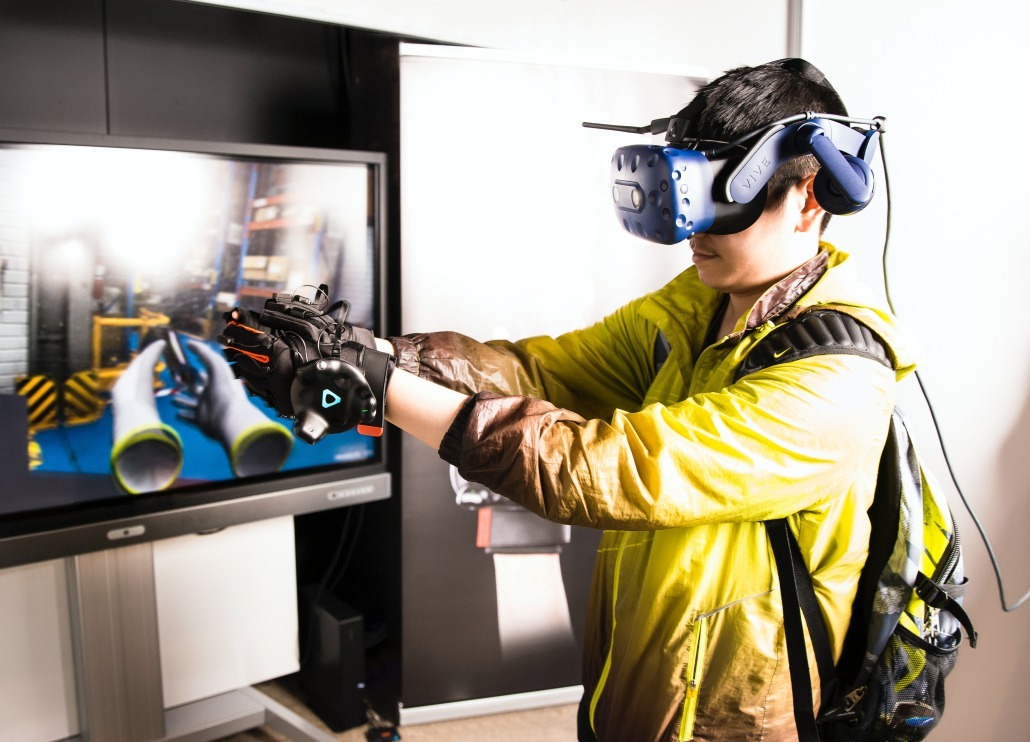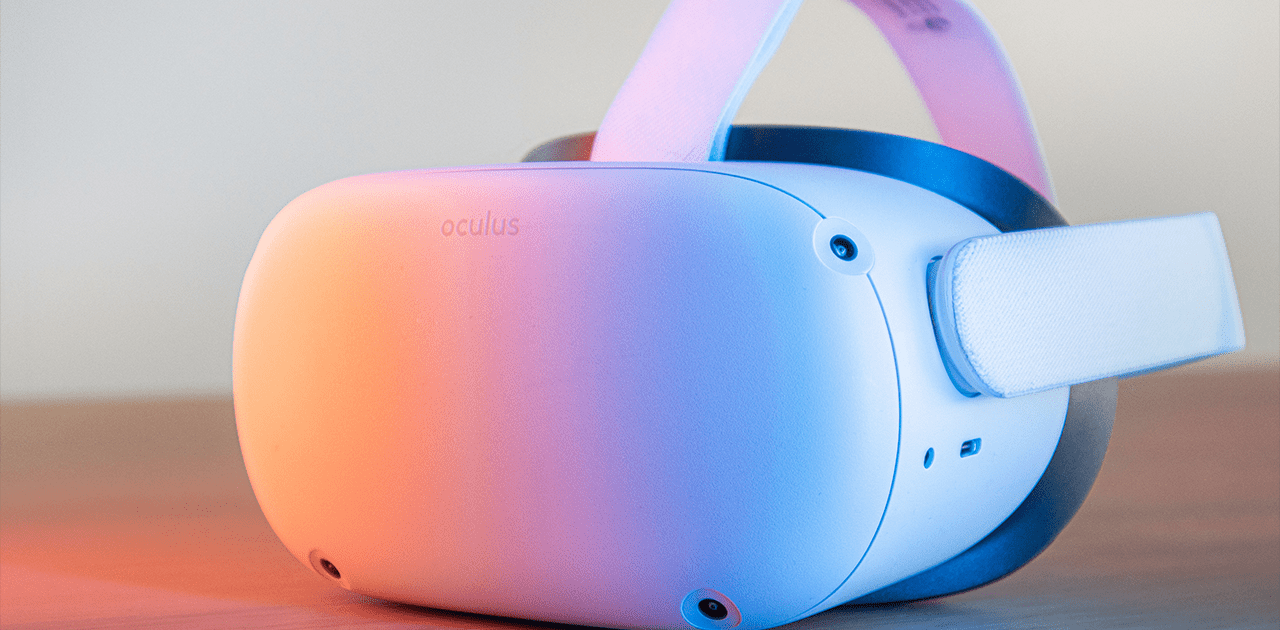Virtual reality has crept stealthily from science fiction fantasy into everyday reality. Yes, we’ve all heard the buzz about VR, but many are left pondering: what is it, and why should I? If you’ve ever wondered how to enter virtual worlds or have been wondering whether VR is an expensive gimmick, this guide will put the record straight.
What Actually Is Virtual Reality?
Virtual reality creates computer worlds that are realistic enough to fool your senses. When you put on a VR headset, you’re essentially fooling your brain into believing you’re somewhere else. Whether you’re on the cliff’s edge, walking in ancient Rome, or battling dragons in a world of fantasy – VR makes it feel real.
The magic works because of a collection of technologies collaborating. Your headset displays each eye a slightly different picture, and voila—depth perception. Motion sensors track how you’re holding your head, dynamically changing what you’re perceiving so that the virtual world acts as if it’s responding naturally. The spatial audio then causes sounds to seem to be coming from particular places, completing the illusion.
What really separates VR today from previous generations isn’t necessarily the image quality – though that is breathtaking – but how incredibly natural the interaction feels. You can lean out and grab virtual things, look around corners, or duck behind something. Your brain becomes accustomed to messing with those virtual spaces in a matter of moments as real spaces.
The Tech Behind the Magic
Modern VR technology has come a long way from the bulky and expensive setups of the earlier years. In 2022, the value of the global virtual reality (VR) industry was estimated at USD 59.96 billion and is predicted to grow at a compound annual rate (CAGR) of 27.5% between 2023 and 2030.
- Head-Mounted Displays (HMDs): Modern headsets like Meta Quest 3 or PlayStation VR2 have high-definition OLED or LCD screens that give crisp, sharp images.
- Motion Tracking: Six degrees of freedom (6DOF) allows your head and hand movement to be tracked in 3D space for natural interaction.
- Haptic Feedback: Gloves, suits, and rigs now make it possible to “feel” textures, resistance, and motion in virtual spaces.
- Self-Contained Devices: Devices like the Meta Quest 3 and Pico 5 require no PC or console, offering fully immersive standalone experiences.
Where VR Is Making Real Impact
- Education and Training: Students and professionals use VR to practice surgeries, simulate engineering, and retain more information.
- Healthcare: VR therapy is used for PTSD, pain, and phobia treatment, and in rehab programs for physical therapy.
- Business and Enterprise: Used in employee training, product demos, virtual meetings, and real estate tours.
- Entertainment: Includes VR gaming, social interaction, virtual concerts, and immersive movie experiences.

What’s Coming in 2025 and Beyond
- Stand Alone Becomes Mainstream: Portable, wireless VR will become the new norm with no need for PC connections.
- Visual Quality Jumps: Graphics will become increasingly photorealistic thanks to advances in processing and optics.
- AI Integration: VR environments and NPCs will respond more intelligently to users.
- Mixed Reality Mainstream: Virtual objects will blend into the real world seamlessly with mixed reality tech.
The Real Challenges (And They’re Getting Solved)
- Price: The most common reason people hesitate is cost, but prices are dropping steadily.
- Motion Sickness: New headsets reduce discomfort with better tracking and higher refresh rates.
- Content Quality: Still varies, but overall quality is improving with growing developer interest.
- Social Acceptance: Social VR platforms are helping reduce the stigma of VR being isolating.
Is VR Worth It Today?
Short version: yes, for the right person. If you’re into gaming, education, fitness, or virtual travel—VR has something to offer.
- Private Theaters: Watch movies on huge virtual screens from the comfort of your home.
- Virtual Travel: Visit faraway places without leaving your living room.
- Fitness: Workout games make exercise more fun and engaging.
Looking Ahead: The VR Revolution Is Just Beginning
VR has the potential to add $450.5 billion to the global economy by 2030. We’re just scratching the surface of what’s possible. The “killer apps” that define VR’s future haven’t even arrived yet.
The question isn’t whether VR will go mainstream—the numbers already prove that. The real question is: when will you step into it?
Virtual reality has gone from sci-fi dream to practical tool. If you’ve been waiting for the right time, 2025 might just be it. Hardware is better, content is richer, and the use cases are more compelling than ever.
The future isn’t virtual – it’s virtually here.

